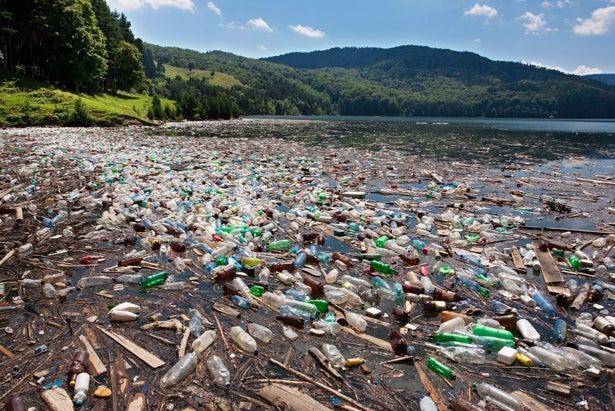Heading out the door? Read this article on the new Outside+ app available now on iOS devices for members! Download the app.
Photo: Carillo Films

“When you learn that an average American discards 4.5 pounds per day of trash, you realize we are the problem because we are not aware of where our trash is going and what it does to the environment and ultimately to our health,” says Philippe Carillo, co-director and co-producer—with his wife, Maxine—of the documentary Inside the Garbage of the World. The film aims to correct this lack of awareness by showing the scourge of plastic pollution. Here, Philippe passionately responds to questions the film prompts.
How would designating plastic as hazardous waste—which the film advocates—be a game changer?
When plastic will finally be considered hazardous material, then plastic manufactures will be forced to come up with a safe material for human consumption and for the environment. We should have a totally independent organization, a pro-consumer organization, which should do all the testing of any product before it goes to market. But today that is far from the case. Big corporations have way too much power, and they are not ethical in regards to public safety.
California’s ban on plastic bags, set to start this summer, is on hold since an industry-backed referendum qualified for the November 2016 ballot. What would you say to the states’ voters?
I challenge anybody who is voting to overturn the ban to go to the beach every morning like I do and clean it of plastic. Believe me, they will start to understand. Have them ask scientists about the dangers of plastic, learning what it does little by little to their health, and to the fish and marine mammals who are dying all over the world because their stomachs are full of plastic bags. Ask them to visit one of the first beaches where plastic has concentrated, such as Kamilo Beach in Hawaii, and see if they can apprehend the future and how we are killing ourselves. We cannot leave our future in the hands of greedy organizations. Our future depends on us.
Where would you suggest people start to get involved?
In any vote that may occur in your vicinity, vote for your future and the future of your children. Also, vote with your pocketbook. That is your great power. You are the one who chooses what grocery stores sell.
Remove plastic from your life, even if it’s step by step: Bring along your own fabric bags when you shop. Stop buying water in plastic bottles; there are alternatives such as glass bottles, or carry your own water container if you have a good water filter at home. Use your own mug when you buy coffee; buy bamboo or camping utensils to avoid using plastic utensils; use your own stainless steel container for takeout food.
After a while you will see a change. We are the change!
What about you? How are you reducing single-use plastic in your life?